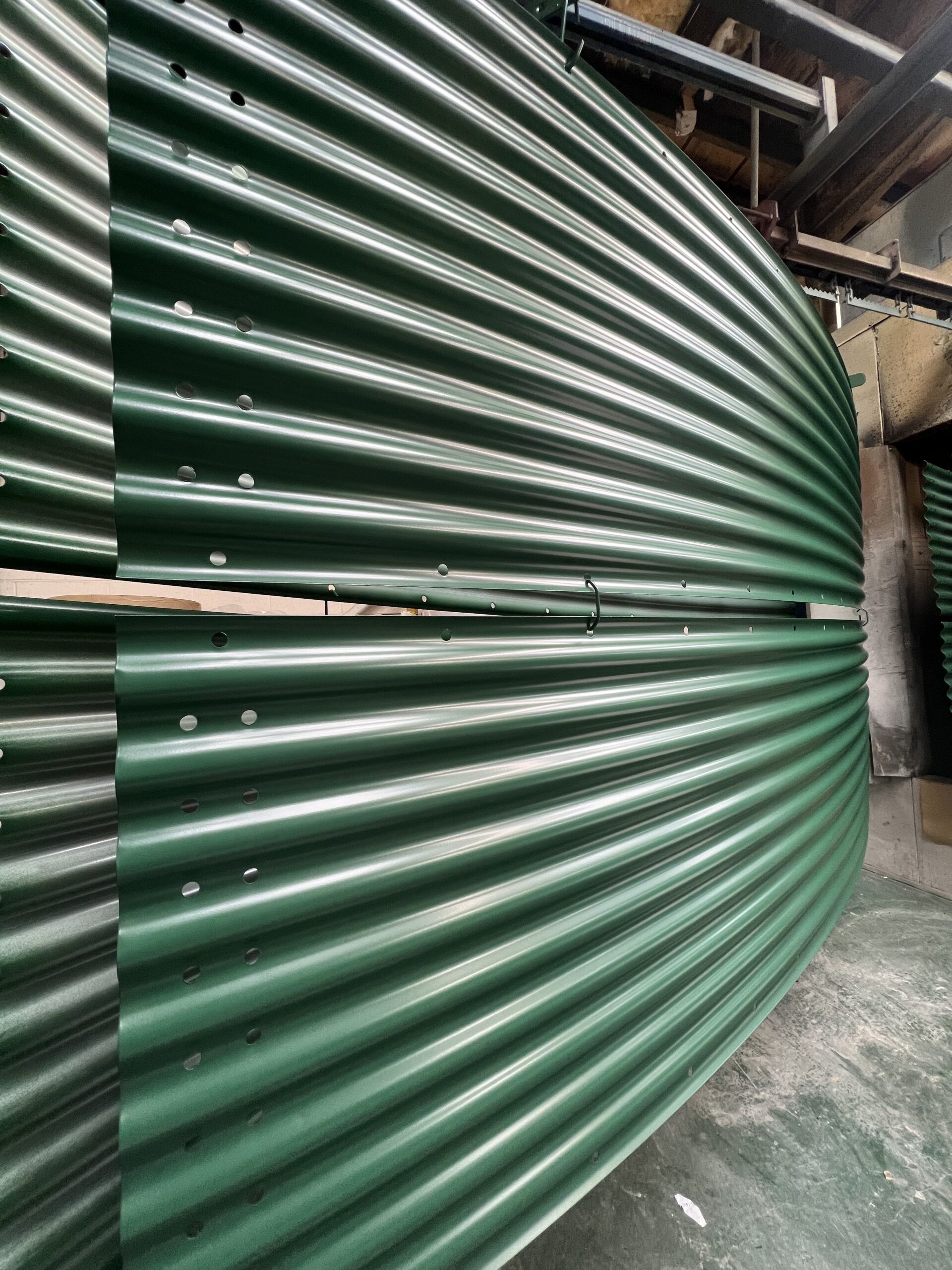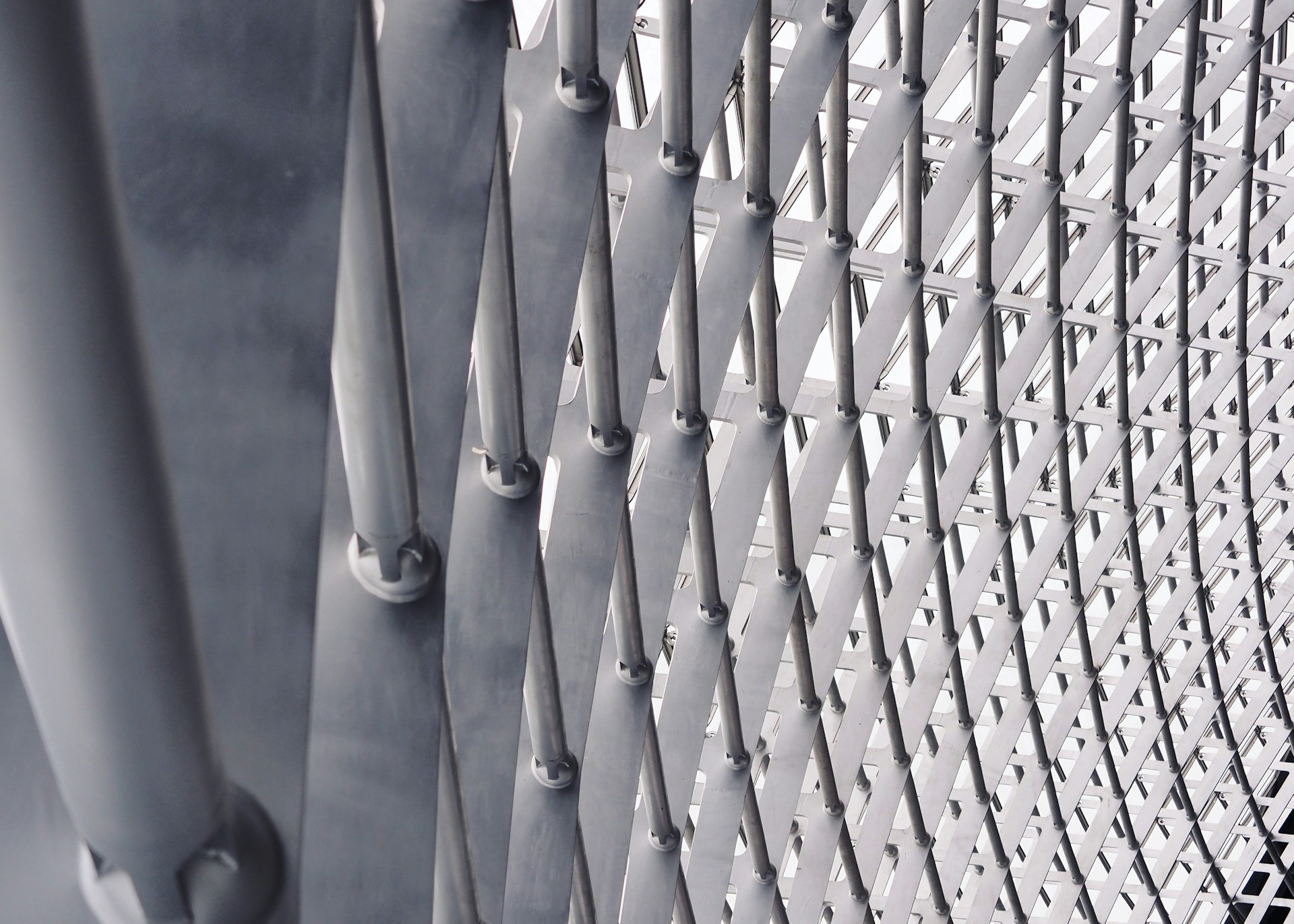When it comes to metal fabrication, the materials used play a crucial role in determining the final product’s performance, longevity, and safety. Whether you’re manufacturing parts for the automotive industry, constructing buildings, or creating custom components for consumer goods, the quality of the metal you choose can make or break the success of your project. In this post, we’ll explore why using high-quality metals in fabrication is essential and how it impacts everything from product durability to cost-efficiency and safety.
1. Improved Durability and Longevity
The primary benefit of using high-quality metals in fabrication is enhanced durability. High-quality metals are engineered to withstand the wear and tear that occurs over time, especially in high-stress environments. When lower-quality metals are used, they are more prone to corrosion, cracking, and fatigue, leading to premature failure.
- Corrosion Resistance: High-quality metals, such as stainless steel or corrosion-resistant alloys, are specially formulated to resist rust and corrosion caused by exposure to moisture, chemicals, or environmental factors. This makes them ideal for applications in outdoor environments, marine industries, and food processing.
- Strength and Toughness: Premium metals have better tensile strength, meaning they can endure heavier loads without bending, warping, or breaking. This is crucial for structural components like beams, columns, or frames that need to maintain their integrity under stress.
- Wear Resistance: For products subjected to friction, abrasion, or heavy use, high-quality metals can resist damage better, resulting in longer service life and fewer repairs or replacements.
2. Ensuring Safety and Structural Integrity
In any fabrication project, safety is of paramount importance. Using low-grade or substandard metals can compromise the structural integrity of the final product, potentially leading to accidents, injuries, or catastrophic failures. High-quality metals ensure that components perform as expected under varying conditions.
- Stress Resistance: High-quality metals, such as high-strength steel or titanium alloys, offer superior resistance to stress and deformation, reducing the risk of material failure in critical applications like aerospace, automotive, or construction.
- Weldability: Premium metals are often easier to weld and fabricate, ensuring that joints and seams are strong and free of defects that could lead to structural weaknesses. Poor-quality metals, on the other hand, may contain impurities that cause welds to fail or become brittle.
- Precision and Reliability: High-quality metals tend to maintain their properties over a wide range of temperatures, providing more reliable performance in extreme conditions (e.g., heat, cold, or vibration). This is essential for safety-critical applications like pressure vessels, machinery parts, or building structures.
3. Enhanced Performance and Efficiency
Using high-quality metals can directly impact the performance and efficiency of the end product. Whether it’s a high-performance engine component, a cutting-edge consumer product, or an intricate industrial tool, the quality of the metal can affect how well it functions.
- Better Conductivity: Certain metals, like copper or aluminum, are used for their excellent electrical and thermal conductivity. High-quality versions of these metals ensure efficient power transmission, heat dissipation, and overall system performance.
- Precision Fabrication: High-quality metals are easier to machine, cut, and shape into precise dimensions without compromising their strength or finish. This level of precision is crucial in industries like aerospace and electronics, where tight tolerances are required.
- Reduced Maintenance Costs: Products made from high-quality metals often require less maintenance because they are more resistant to wear, corrosion, and damage. This results in lower operational costs over the product’s lifecycle, especially in demanding environments like oil rigs or heavy machinery.
4. Cost Efficiency in the Long Run
While high-quality metals may come with a higher upfront cost, they often lead to cost savings in the long term. Choosing high-quality materials upfront can reduce the need for repairs, replacements, and downtime.
- Fewer Repairs: High-quality metals have better resistance to damage, meaning they are less likely to break, crack, or degrade over time. This reduces the need for costly repairs or the replacement of components.
- Increased Productivity: When you use durable metals, your products are more likely to perform optimally for longer periods, which increases uptime and productivity. For example, machinery made from high-quality steel or aluminum is less likely to break down, ensuring more consistent operation.
- Lower Replacement Costs: While it might seem like a higher initial cost, the use of high-quality metals can result in longer-lasting products that don’t need to be replaced as often. Over time, this leads to lower lifecycle costs, which is especially important for industries with high-volume production needs.
5. Aesthetic Appeal and Surface Quality
In addition to structural and functional benefits, high-quality metals also improve the aesthetic appeal and surface finish of fabricated products. Whether you’re working on consumer products, art pieces, or architectural elements, the quality of the metal plays a role in the visual outcome.
- Smooth, Uniform Finish: Premium metals are easier to polish, coat, and finish, providing a smoother, more uniform surface. This can enhance the product’s appearance and make it more visually appealing to consumers or clients.
- Resistant to Stains and Scratches: High-quality metals are less likely to stain, scratch, or tarnish over time, ensuring that products maintain their pristine look for longer. This is particularly important for items like kitchen appliances, jewelry, and high-end consumer electronics.
- Customizable Designs: Using quality metals allows for greater flexibility in design. The metals can be more easily shaped, bent, or molded to meet specific design requirements, making it possible to achieve complex shapes or intricate details without compromising strength.
6. Compliance with Industry Standards
Certain industries require strict adherence to quality standards and certifications to ensure safety, performance, and regulatory compliance. High-quality metals are often the only option that meets these standards.
- ISO Standards: Many industries, including aerospace, automotive, and construction, require materials to meet specific ISO certifications, which dictate the quality and performance characteristics of metals. Low-quality metals may not meet these standards, potentially leading to legal or regulatory issues.
- Industry-Specific Requirements: For applications like medical devices, food processing equipment, or energy production, using high-quality metals ensures that the product meets stringent safety, hygiene, or environmental requirements.
7. Better Environmental Impact
High-quality metals are often more sustainable because they are more likely to be recycled or reused without losing their properties. This can have a positive environmental impact, especially when metals are sourced from responsible suppliers who adhere to ethical practices.
- Recyclability: High-quality metals like aluminum, steel, and copper are highly recyclable, which helps reduce the environmental footprint of the fabrication process. Choosing metals that can be recycled effectively supports circular economy principles and minimizes waste.
- Sustainable Sourcing: Many premium metals are sourced with environmental responsibility in mind, meaning that the mining and production processes are less harmful to ecosystems and communities. Using these metals helps support more sustainable manufacturing practices.
Conclusion
Using high-quality metals in fabrication is essential for ensuring durability, safety, performance, and cost-efficiency in the final product. From improving the longevity and strength of components to enhancing their aesthetic appeal, the right material choice can make a significant difference in the success of your project. Whether you are involved in manufacturing, construction, automotive, or any other industry that relies on metal fabrication, choosing the best possible metal will result in a product that performs better, lasts longer, and ultimately offers more value over its lifecycle.
Investing in high-quality metals is not just about meeting standards or achieving a certain look—it’s about creating products that are reliable, safe, and sustainable. So, next time you’re embarking on a fabrication project, remember: the quality of the metal you choose can be the deciding factor between success and failure.




